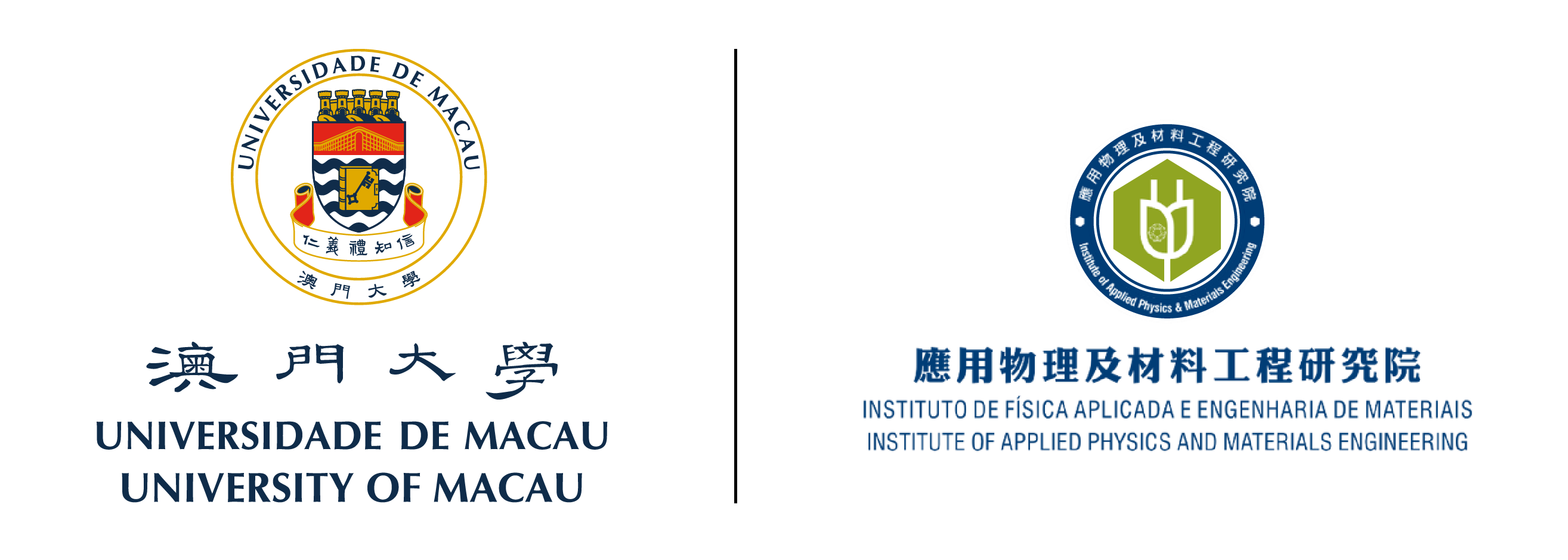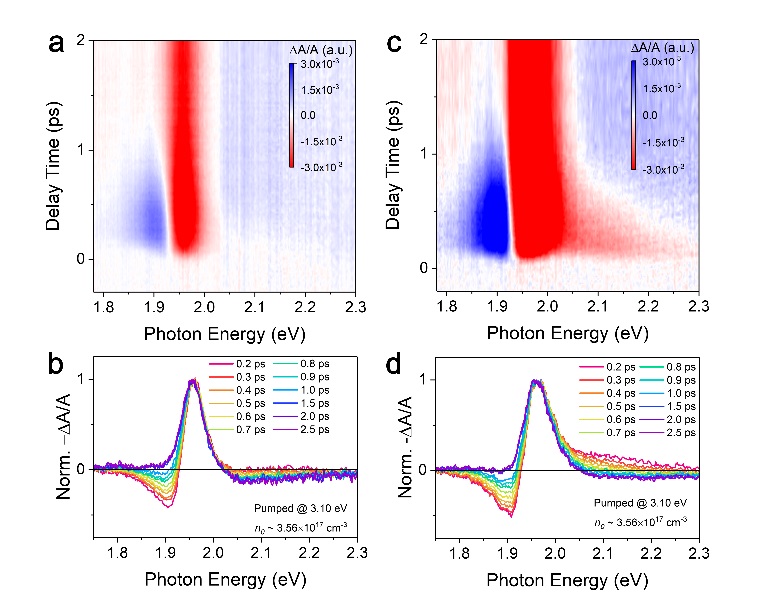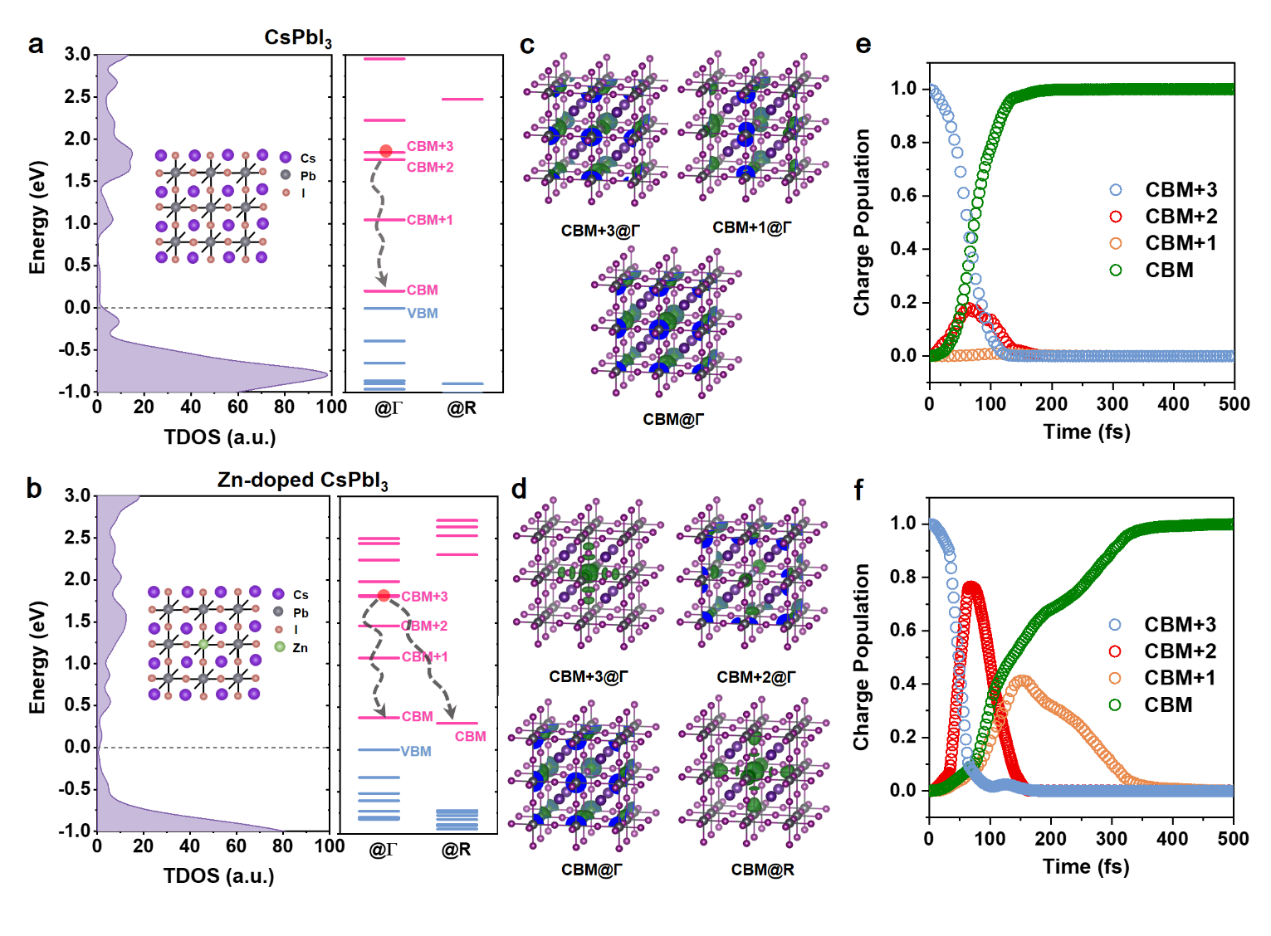Researchers at the Institute of Applied Physics and Materials Engineering of the University of Macau (UM), the Hong Kong Polytechnic University, and King Abdullah University of Science and Technology (KAUST) have, for the first time, realised the regulation of the cooling rate of hot carriers in the CsPbI2Br perovskite films through the strategy of Zn ion doping, which can further improve the light-to-electricity conversion efficiency of the perovskite solar cells. The study has been published in the international journal Angewandte Chemie International Edition, which is a Nature Index journal.
High-quality life in modern society is dependent on the consumption of huge amounts of fossil fuel energy. However, due to limited fossil fuel reserves on earth, the depletion of fossil fuel has become a major concern worldwide. Therefore, the development of high-efficiency renewable energy has emerged as a hot research topic.
Solar cells, also known as ‘solar chips’ or ‘photovoltaic cells’, are photoelectric semiconductor sheets that use sunlight to directly generate electricity. In physics, this is called photovoltaic. Due to the huge amount of solar power that can be developed, it is generally considered as the most likely technology to solve energy crisis in the future. The theoretical limit of photon conversion efficiency (PCE) in traditional single-junction silicon solar cells is ~33.7% (ie Shockley-Queisser Limit), and the energy loss caused by hot carrier relaxation reaches ~33%, while the energy loss in perovskite solar cells is up to ~25%. During the hot carrier relaxation/cooling process in semiconductors, their kinetic energy is usually converted into lattice thermal energy in the form of phonon emission, which leads to the energy loss of light. Therefore, the successful development of a light-absorbing layer with long hot carrier lifetime under sunlight illumination level can facilitate the development of higher-efficiency hot carrier solar cells. It is currently one of the most cutting-edge area in research on carrier dynamics and photovoltaic conversion.
In this study, UM professor Xing Guichuan, PolyU professor Li Mingjie, and KAUST professor Omar F Mohammed studied the cooling and extraction kinetics of hot carriers in Zn-doped CsPbI2Br perovskite films at low carrier injection levels (1017 cm-3). Zn ion doping can significantly reduce defect density and hot carrier cooling rate. Transient absorption spectroscopy measurements demonstrated a three-time reduction of 500-K hot-carrier cooling rate in 0.34% Zn-doped perovskite film compared to the un-doped sample, which enabled successful hot-carrier extraction at the interface of these doped perovskites.
With the help of non-adiabatic molecular dynamics calculations, the slow hot carrier relaxation observed in zinc-doped perovskites can be attributed to the reduction of non-adiabatic coupling between the conduction bands and the additional introduction of zinc dopants, which will delay the relaxation process of photo-generated heat carriers.
The first authors of the study are Dr Wei Qi from UM and Dr Yin Jun from KAUST. The study was funded by the Science and Technology Development Fund of Macao SAR (file number: 091/2017/A2 and 014/2017/AMJ) and UM (file number: MYRG2018-00148-IAPME). The full-text version of the study is available at: https://onlinelibrary.wiley.com/doi/10.1002/anie.202100099.
Transient absorption spectroscopy has revealed that appropriate concentration of zinc doping can effectively delay the relaxation of hot carriers in the perovskite
Non-adiabatic molecular dynamics calculation of total density and energy level of perovskite state



